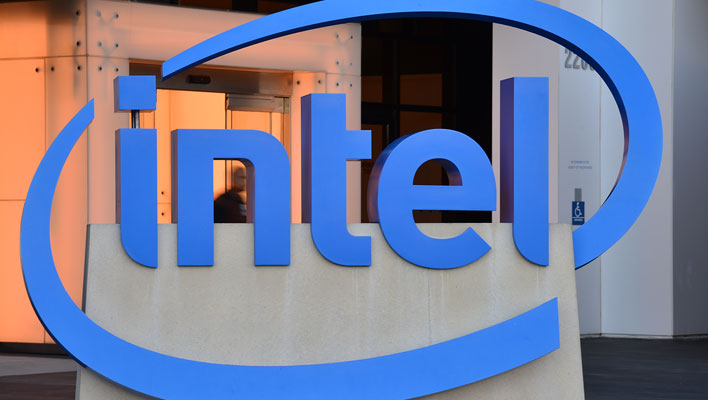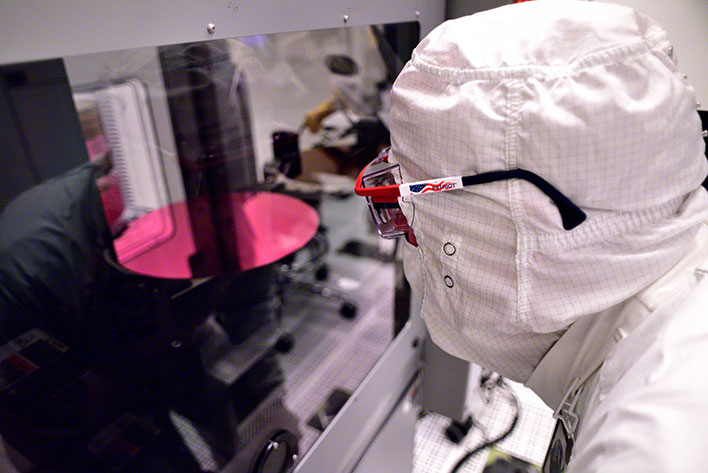Intel Surprisingly To Drive RISC-V Adoption, Bolsters Foundry Expansion With $1B Innovation Fund

Intel is making a few key major foundry moves to bolster its IDM 2.0 strategy, such as setting up a massive $1 billion innovation fund to support both early-stage startups and established companies that are engineering disruptive technologies in the semiconductor space. However, what is most surprising amid today's announcements is Intel's commitment to drive further adoption of RISC-V.
RISC-V is not quite the antithesis to x86 CPU architectures, but it is certainly a vastly different approach. It is an open instruction set architecture (ISA) based on RISC (reduced instruction set computer) whereas x86 is primarily CISC (complex instruction set computer). There are pros and cons to each chip microarchitecture but they're vastly different approaches in hardware, software and supporting platform architectures. Regardless, most PC architectures (Intel and AMD) are CISC-based these days, while most smartphone, embedded and IoT devices rely on the RISC ISA and chip architecture. There are exceptions to this of course, as there are Arm-based server chip offerings in the market these days and Apple's M1 Mac silicon is built on licensed Arm architecture as well.
Intel Sees RISC-V As Ripe For Expanded Investments

You might be surprised to know that Intel's interest in advancing RISC-V is not new. In fact, Intel had considered acquiring SiFive, a semiconductor design startup specializing in RISC-V, for $2 billion last summer. That ultimately did not pan out, but it gave us a glimpse into Intel's mindset as it relates to RISC-V. Fast forward to today and Intel is leaving little doubt.
"A key part of the IFS [Intel Foundry Services] strategy is to offer a broad range of leadership
IP optimized for Intel process technologies. IFS is the only foundry to offer IP optimized for all three of
the industry’s leading ISAs: x86, Arm and RISC-V. As the leading open-source, royalty-free processor architecture, RISC-V offers a level of scalability and
customization that is unique in the industry," Intel says.
Intel notes there is strong demand from foundry customers to support more RISC-V IP. Meeting that demand plays prominently into Intel's $1 billion innovation fund, which includes "investments and offerings that will strengthen the ecosystem and help driver further adoption of RISC-V," with a focus on fostering "disruptive RISC-V companies."
The goal is to enable those companies to accelerate innovation in RISC-V through IFS, which itself entails collaborating on co-optimizing technologies, prioritizing wafer shuttles, building development boards, fleshing out the software ecosystem, and more. And while Intel ultimately did not acquire SiFive, it's working with the company as part of this push, as well as others.

"Intel is joining forces with leading partners in the RISC-V ecosystem, including Andes Technology,
Esperanto Technologies, SiFive, and Ventana Micro Systems," Intel says. "IFS plans to offer a range of validated RISC-V
IP cores, performance-optimized for different market segments. By partnering with leading providers,
IFS will optimize IP for Intel process technologies to ensure that RISC-V runs best on IFS silicon across all
types of cores, from embedded to high-performance."
From Intel's vantage point, this is an ideal time to make such a move, with RISC-V viewed as being in its infancy and gaining momentum across a range of markets and applications. This is driven by its open-source and royalty-free makeup. Citing estimates by Semico Research, Intel says the market is ripe for RISC-V to grow to more than 60 billion CPU core by 2025.
Intel Launches IFS Accelerator To Advance Customer Innovation On Its Foundry Manufacturing Platform
Intel also announced IFS Accelerator, essentially an ecosystem alliance to help foundry customers turn silicon concepts into actual products.
"A vibrant semiconductor design ecosystem is critical to the success of our foundry. We are pleased to
launch our ecosystem alliance program with leading design companies that will play a vital role in
accelerating our foundry customers’ success," Intel CEO Pat Gelsinger said in a statement.
A preliminary phase actually kicked off last September to help automobile chip designers leverage advanced process technologies. Intel did this by offering both custom and industry standard IP. Through this program, customers have access to advanced tools to assist with planning, design, verification, testing, and implementation of electronic systems. It's all part of Intel's Electronic Design Automation (EDA).
What this all boils down to is Intel keeping the silicon pedal firm pressed to the metal. It's also a continuation of Intel's ongoing investments in chip design and manufacturing here in the US, with these announcements coming hot on the heels of unveiling a $20 billion Ohio chip mega-site.

